The child tax credit payments are already showing why they should be made permanent

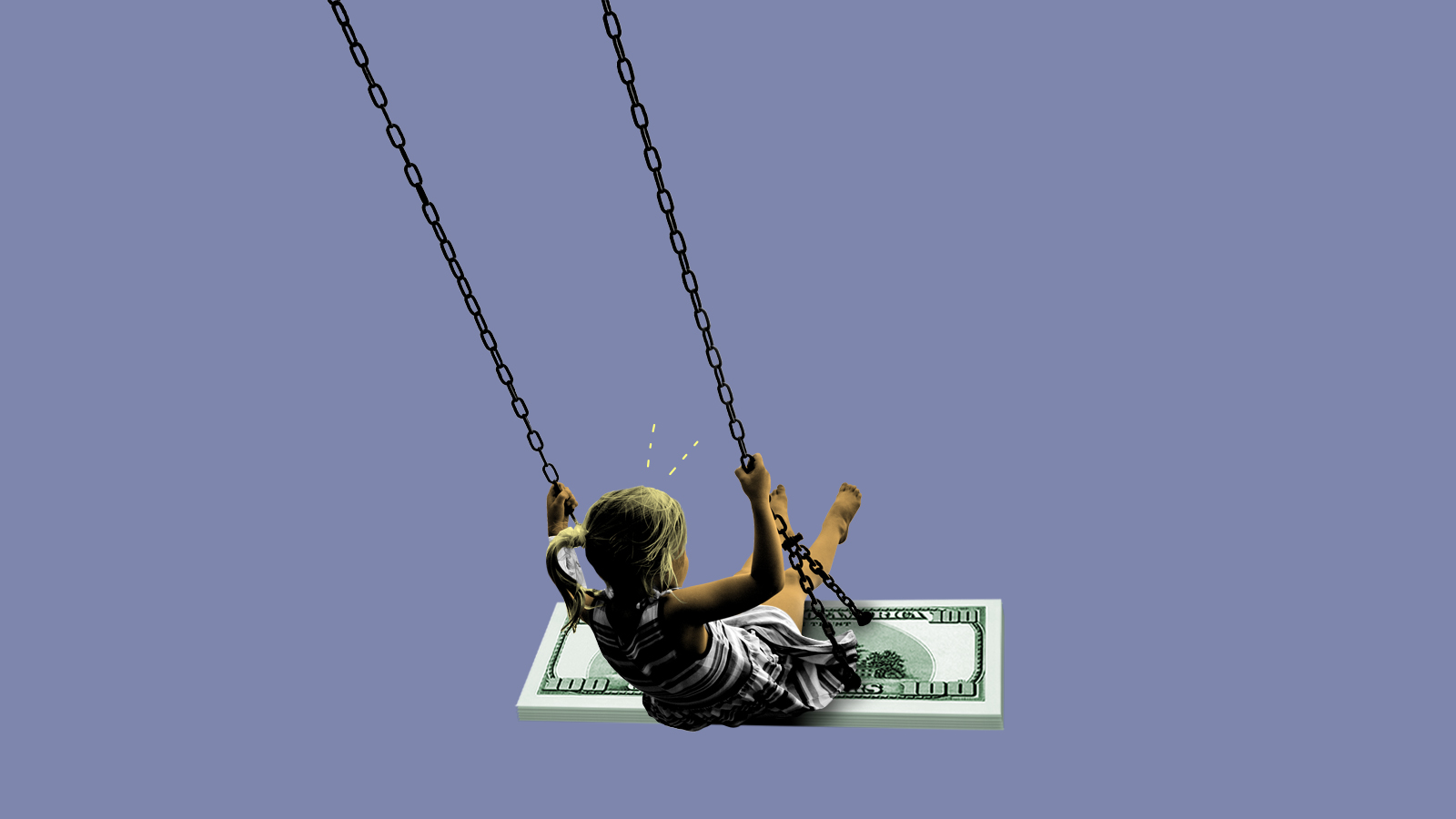
We have a new piece of evidence that the welfare state works.
The Census Bureau reported this week that the percentage of adults in households with children experienced a significant drop in "food insufficiency" in its latest monthly survey results — from 11 percent in the month ending July 5 to 8.4 percent by August 2. (Adults in households without children actually saw a slight uptick in food insecurity.) There was a similar drop in households with children that reported trouble paying their expenses, from 31.5 to 29 percent.
The likely difference? Households with children received their first child tax credit checks in July — $300 for each child age 5 and under, and up to $250 for each kid between ages 6 to 17. Roughly 35 million families received the payments, and the initial results suggest they put that money to good use: 47 percent of respondents said they used the money to pay for food, while about 10 percent spent the money on child care.
The Week
Escape your echo chamber. Get the facts behind the news, plus analysis from multiple perspectives.

Sign up for The Week's Free Newsletters
From our morning news briefing to a weekly Good News Newsletter, get the best of The Week delivered directly to your inbox.
From our morning news briefing to a weekly Good News Newsletter, get the best of The Week delivered directly to your inbox.
This is good news, and to be expected. After decades of fierce battles between Republicans and Democrats over the size and scope of the American welfare state, the pandemic created a breakthrough of sorts — unemployment benefits were made more generous (until they weren't, in GOP-governed states) and the federal government sent out a couple of stimulus checks to help workers weather the blow to the economy. The result, as my colleague Ryan Cooper has documented, was that America in 2020 had the lowest poverty rate in its history. It only makes sense that the new payments to parents would have similar salutary effects.
The next step, of course, is to ensure the payment program keeps going.
As it exists, the payments are only going to be made this year, having been created on an emergency basis by the American Rescue Plan passed during the early days of the Biden presidency. Democrats hope to extend the payments for another few years under the $3.5 trillion budget reconciliation proposal offered up in the Senate — but there's a chance the bill could fall prey to intra-party infighting. The tax credit provision shouldn't be remotely controversial. Helping families is good, and it works.
A free daily email with the biggest news stories of the day – and the best features from TheWeek.com
Joel Mathis is a writer with 30 years of newspaper and online journalism experience. His work also regularly appears in National Geographic and The Kansas City Star. His awards include best online commentary at the Online News Association and (twice) at the City and Regional Magazine Association.
-
 Political cartoons for December 23
Political cartoons for December 23Cartoons Tuesday's political cartoons include an eye on CBS, cracking the middle class, and Donald Trump's name on everything
-
 Why women are feeling the festive stress
Why women are feeling the festive stressTalking Point As the Christmas frenzy ramps up, many mums feel the pressure of ‘keeping the whole sleigh on the road’
-
 Is Keir Starmer being hoodwinked by China?
Is Keir Starmer being hoodwinked by China?Today's Big Question PM’s attempt to separate politics and security from trade and business is ‘naïve’
-
 Democrat files to impeach RFK Jr.
Democrat files to impeach RFK Jr.Speed Read Rep. Haley Stevens filed articles of impeachment against Health and Human Services Secretary Robert F. Kennedy Jr.
-
 Miami elects first Democratic mayor in 28 years
Miami elects first Democratic mayor in 28 yearsSpeed Read Eileen Higgins, Miami’s first woman mayor, focused on affordability and Trump’s immigration crackdown in her campaign
-
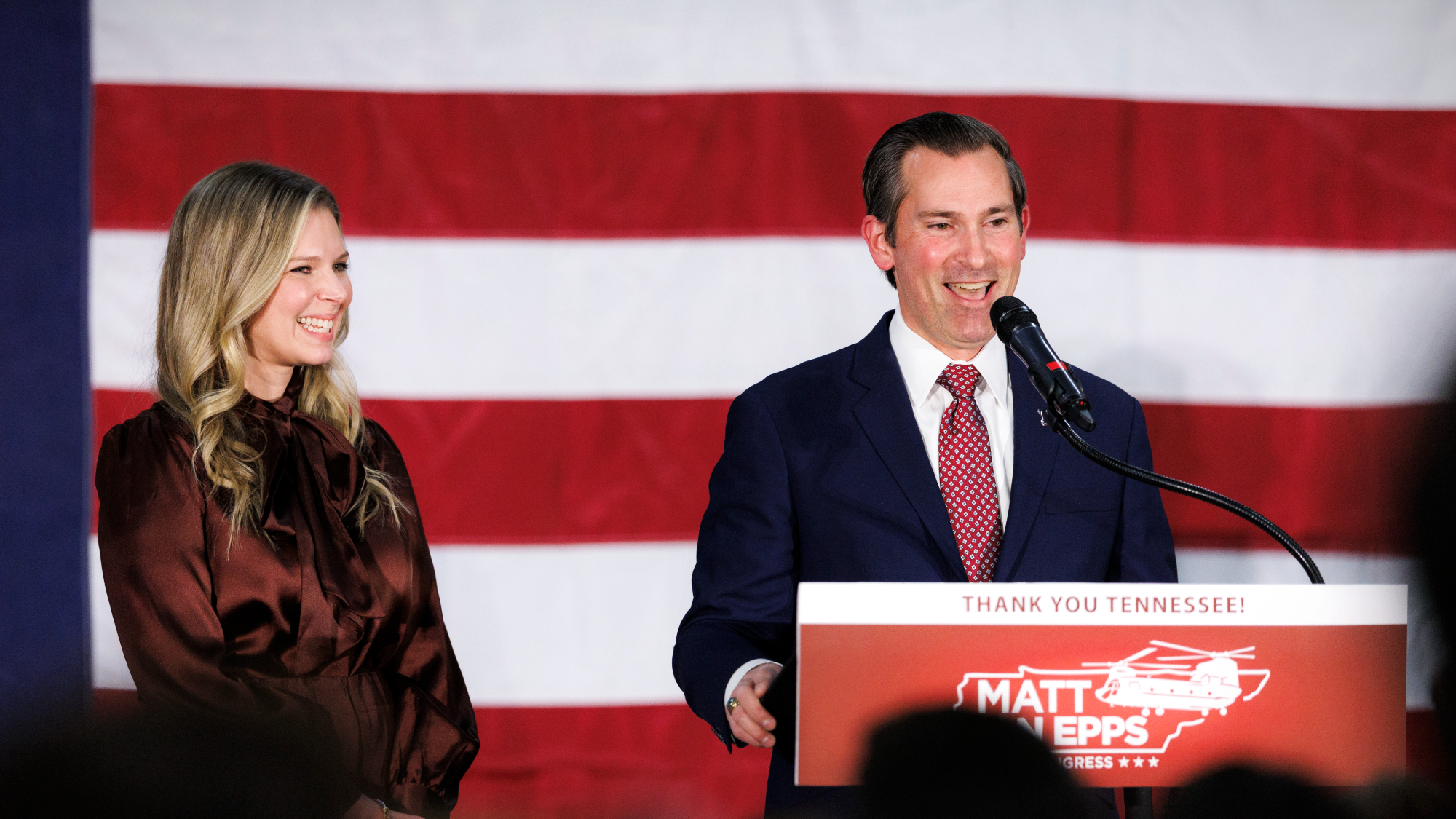 GOP wins tight House race in red Tennessee district
GOP wins tight House race in red Tennessee districtSpeed Read Republicans maintained their advantage in the House
-
 Memo signals Trump review of 233k refugees
Memo signals Trump review of 233k refugeesSpeed Read The memo also ordered all green card applications for the refugees to be halted
-
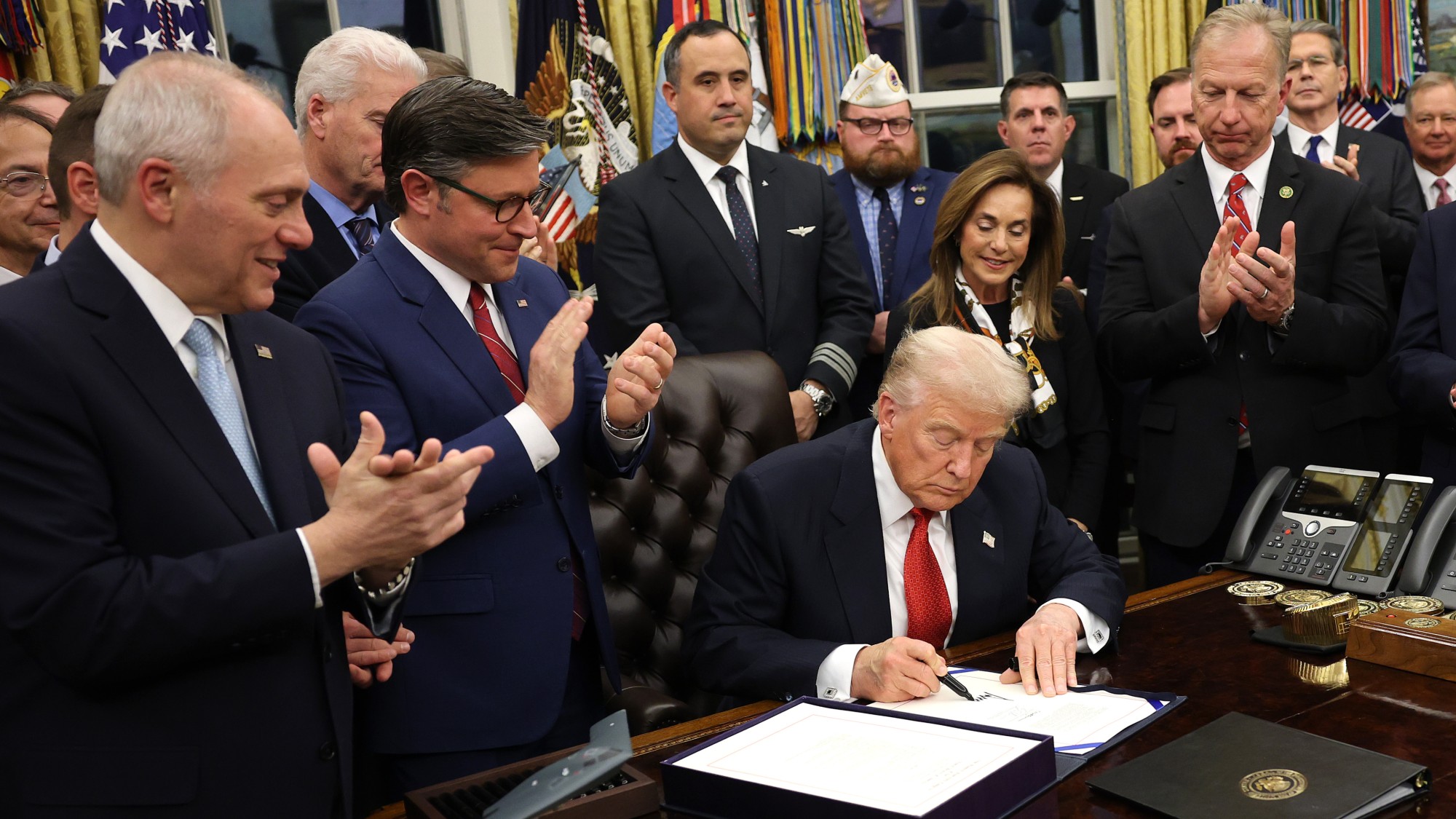 US government shutdown: why the Democrats ‘caved’
US government shutdown: why the Democrats ‘caved’In the Spotlight The recent stalemate in Congress could soon be ‘overshadowed by more enduring public perceptions’
-
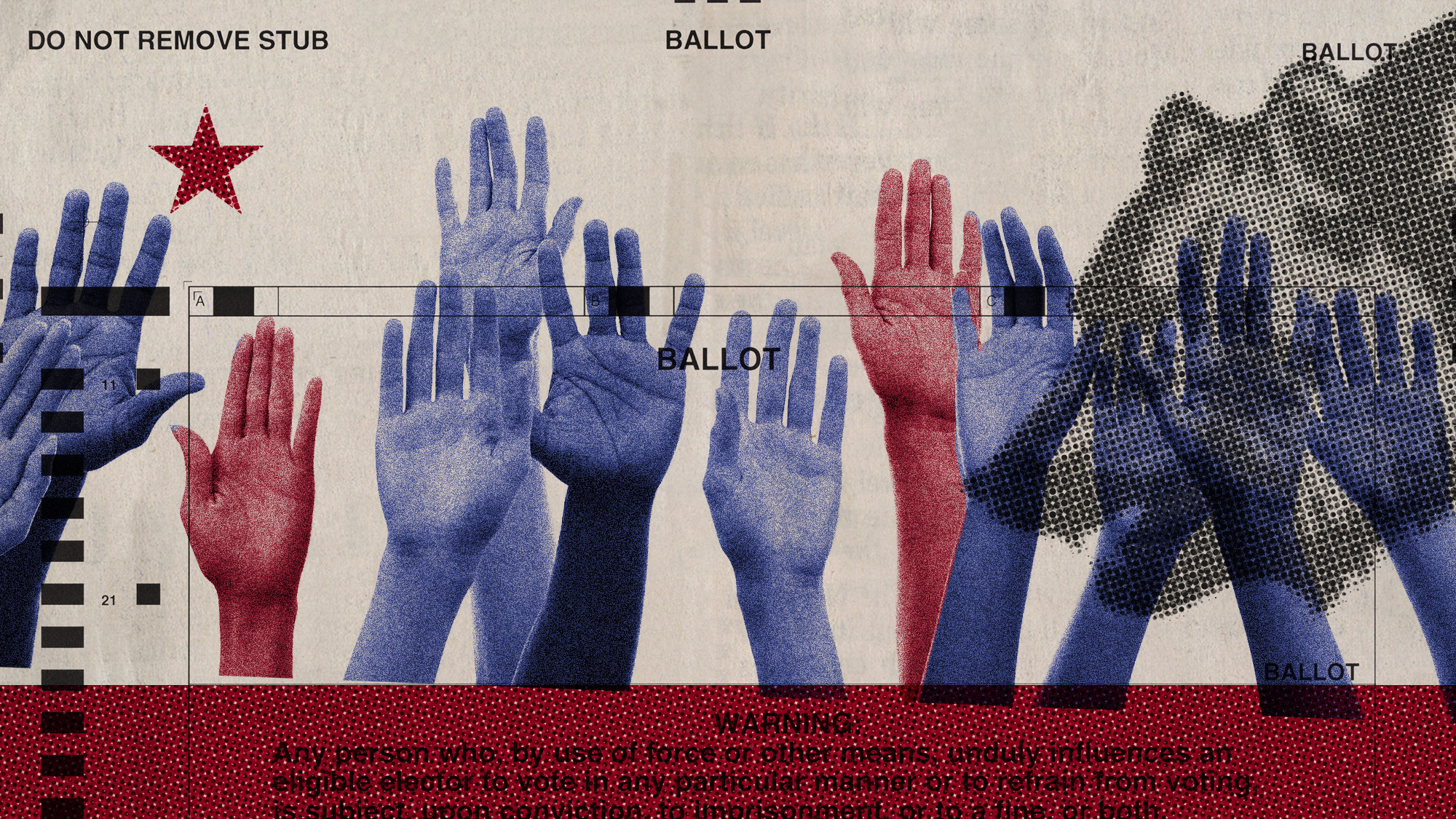 A crowded field of Democrats is filling up the California governor’s race
A crowded field of Democrats is filling up the California governor’s raceIn the Spotlight Over a dozen Democrats have declared their candidacy
-
 Will Chuck Schumer keep his job?
Will Chuck Schumer keep his job?Today's Big Question Democrats are discontented and pointing a finger at the Senate leader
-
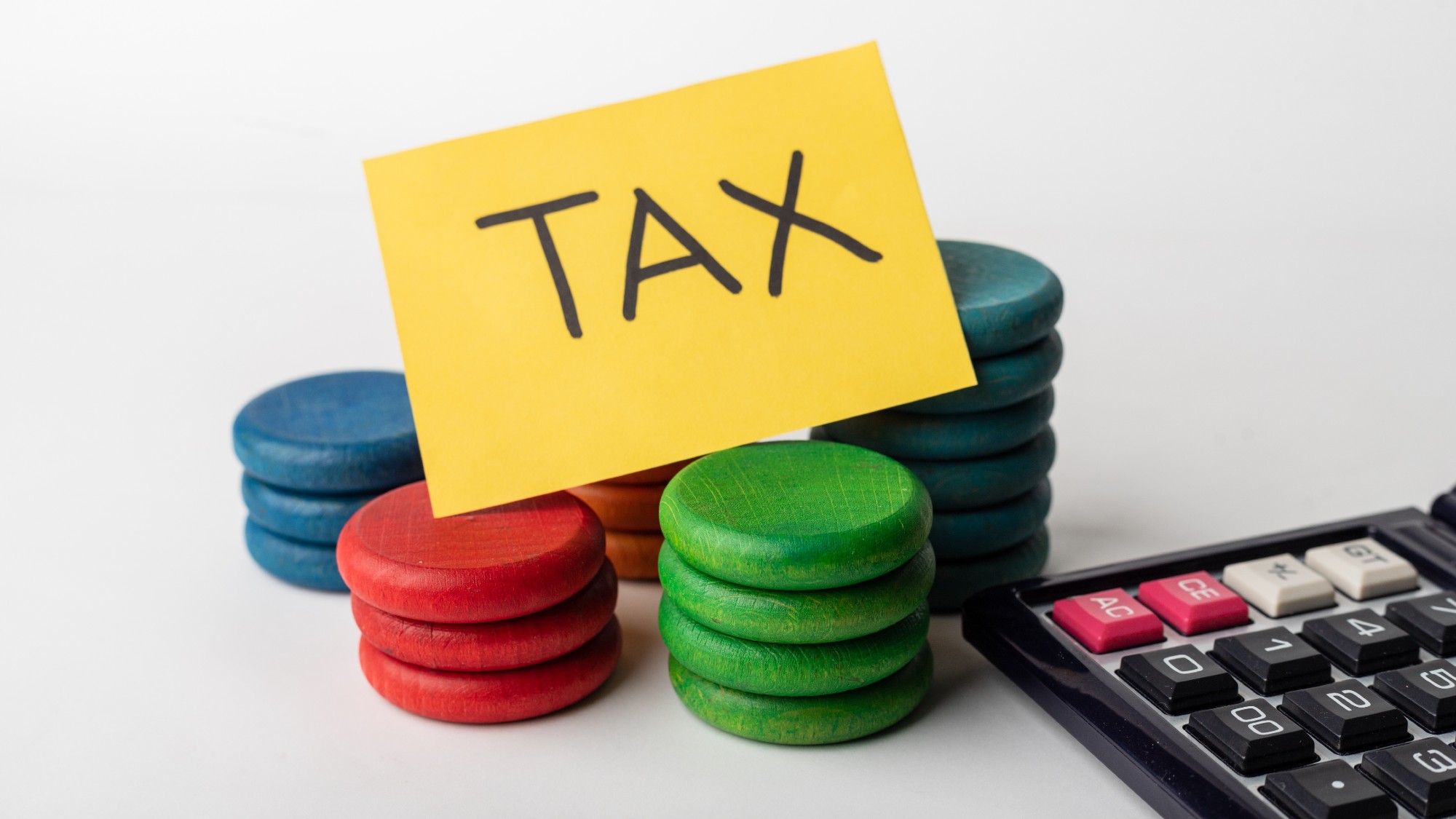 Will California tax its billionaires?
Will California tax its billionaires?Talking Points A proposed one-time levy would shore up education and Medicaid
